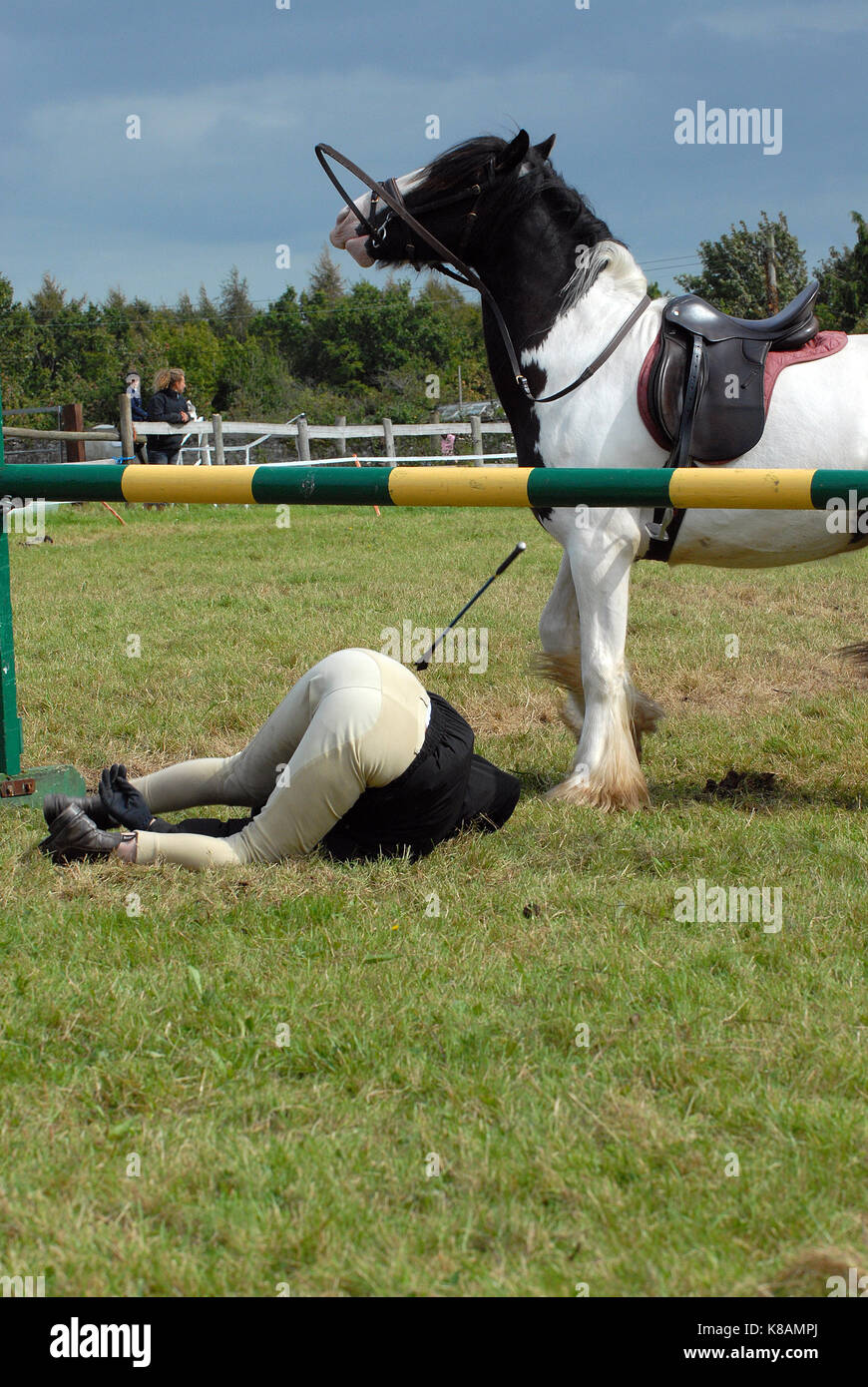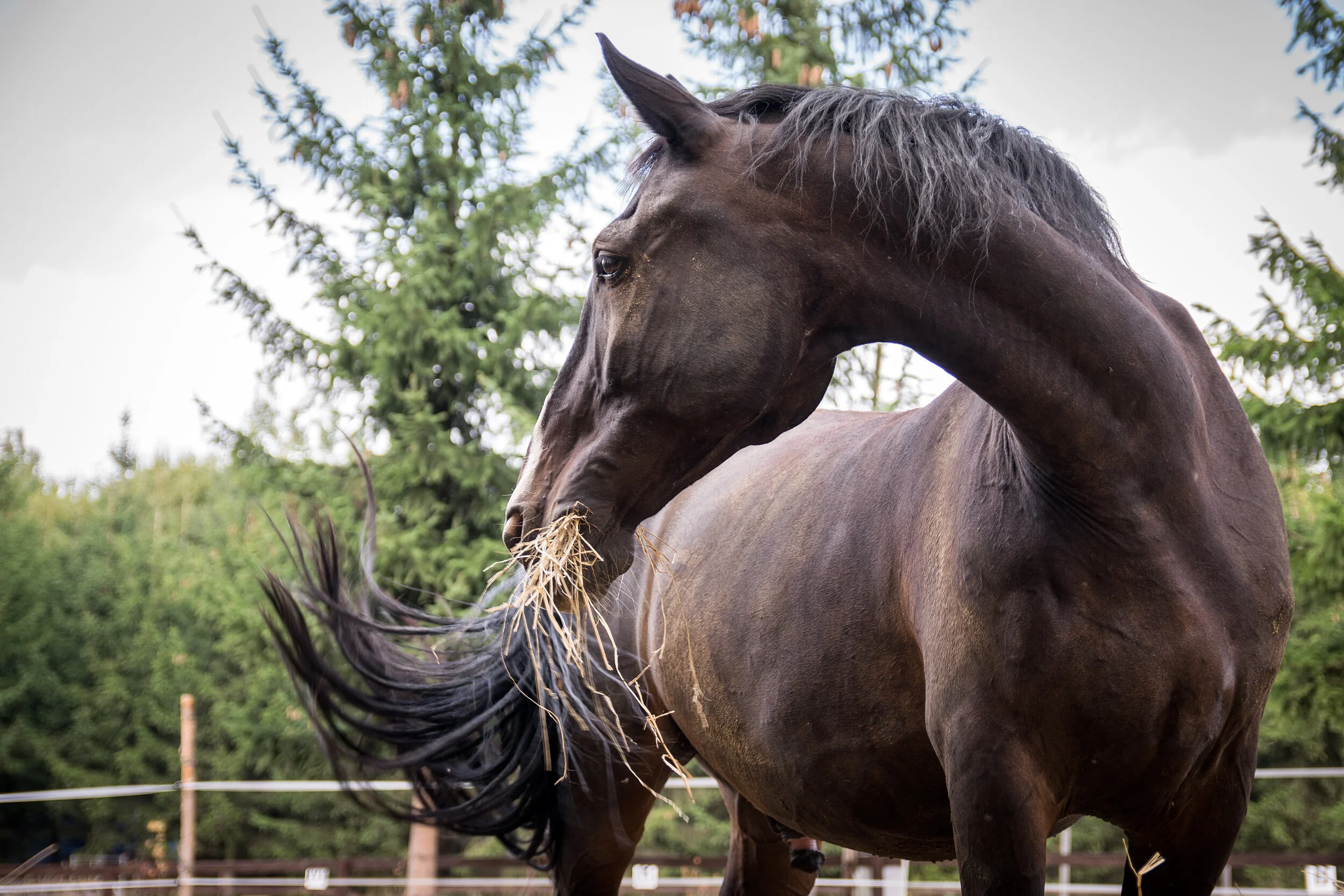Correcting a Horse’s Refusal to Move Forward

When a horse refuses to move forward, it can be a frustrating challenge for riders and trainers alike. Understanding the reasons behind this behavior and applying effective correction techniques is essential for building trust and improving communication between horse and rider.
Common Reasons for Refusal
| Reason | Description |
|---|---|
| Fear or Anxiety | The horse may be scared of something in the environment or uncertain about the task. |
| Pain or Discomfort | Physical issues such as saddle fit, dental problems, or injuries can cause refusal. |
| Lack of Training | Insufficient training or unclear cues can confuse the horse, leading to refusal. |
| Stubbornness or Testing | Some horses test boundaries to assert dominance or avoid work. |
Steps to Correct Refusal
- Assess the Situation: Check for any signs of pain or discomfort. Ensure tack fits properly and the horse is healthy.
- Evaluate Training Methods: Review your cues and commands for clarity and consistency.
- Use Positive Reinforcement: Reward forward movement with praise or treats to encourage cooperation.
- Apply Gentle Pressure: Use leg aids and voice commands calmly but firmly to prompt movement.
- Be Patient and Consistent: Avoid punishment; instead, maintain a calm demeanor and consistent approach.
Tips for Prevention
- Regularly check the horse’s health and equipment.
- Establish clear communication through consistent training.
- Gradually expose the horse to new environments to reduce fear.
- Build a strong bond based on trust and respect.
Frequently Asked Questions (FAQ)
Q1: What should I do if my horse suddenly refuses to move forward?
A: First, check for any physical issues or discomfort. Then, calmly apply gentle pressure and use positive reinforcement.
Q2: Can fear cause a horse to refuse moving forward?
A: Yes, fear is a common cause. Identifying and addressing the source of fear is crucial.
Q3: How can I tell if my horse is being stubborn or in pain?
A: Observe the horse’s behavior and look for signs of discomfort. Consulting a veterinarian may be necessary.
Q4: Is punishment effective in correcting refusal?
A: Punishment can damage trust and worsen behavior. Positive, consistent training is more effective.
Summary
Correcting a horse’s refusal to move forward requires understanding the underlying causes, applying patient and consistent training methods, and ensuring the horse’s comfort and well-being. By fostering clear communication and trust, riders can overcome this challenge and enjoy a harmonious partnership with their horse.
